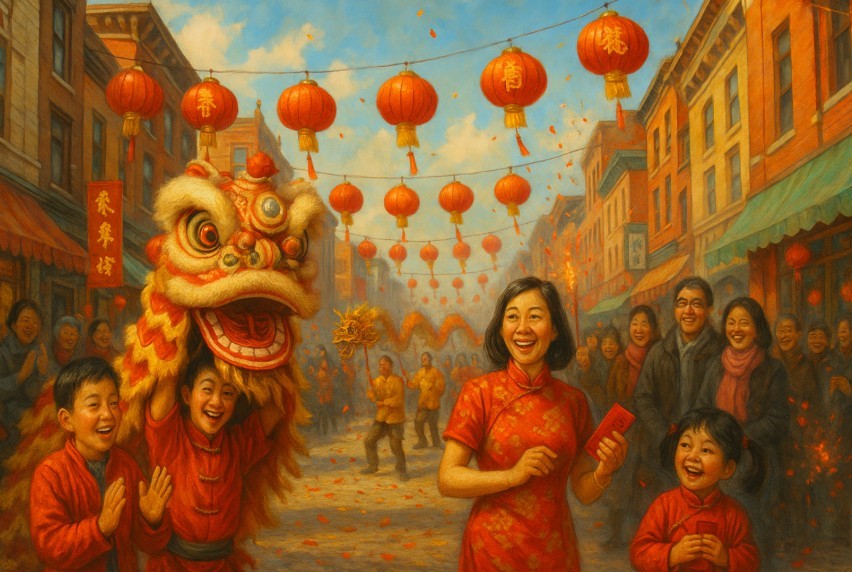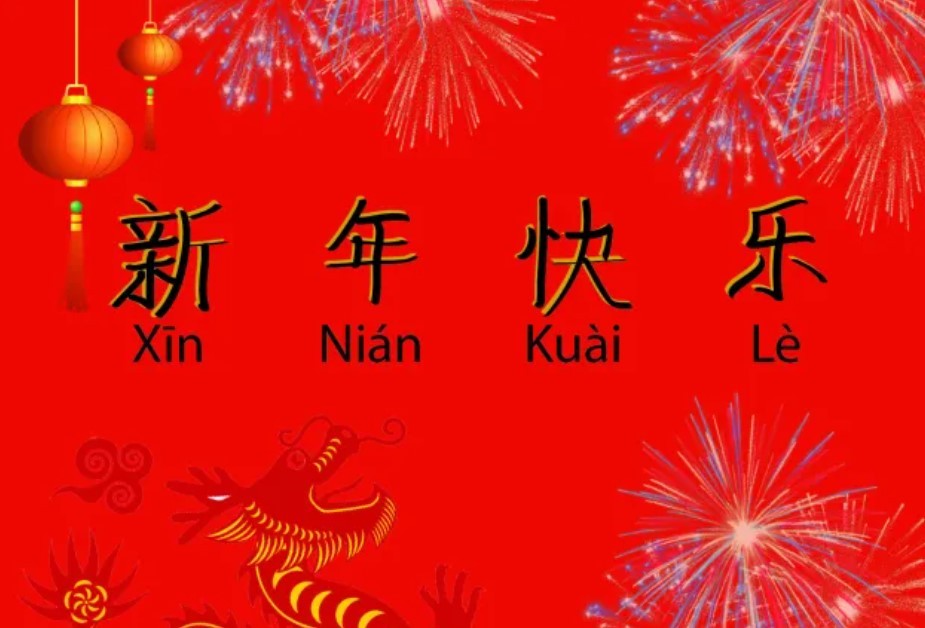Lunar New Year's Celebration: Customs, Superstitions and Taboos
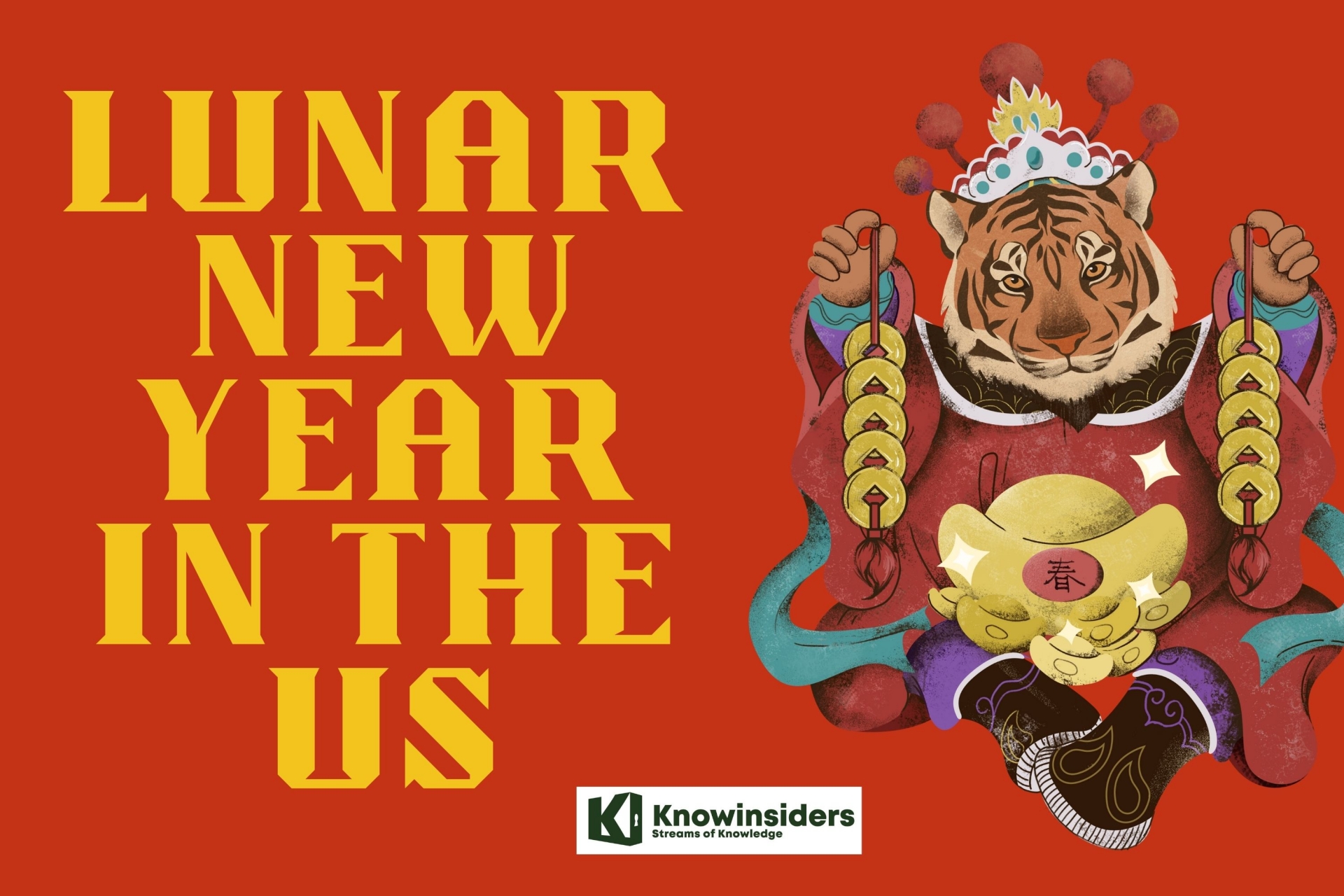 |
| Lunar New Year. Photo: KnowInsiders.com |
| Table of Contents |
In the United States, the term "holiday season" usually refers to the time frame from Thanksgiving dinner to New Year's Day. But soon after, in several Asian countries, there's another big holiday that brings people together with friends and family, and concurrent celebrations continue the traditions back home.
Family members from all over the world get together during Lunar New Year's to share a meal, exchange auspicious red envelopes, play games, and toast to a new year. Asian Americans can connect with their heritage through its celebration. Lunar New Year is a chance for many Asian American children to learn about the customs of their parents and ancestors who came before them.
What is the Lunar New Year?
The first full moon of the lunar calendar, known as the Lunar New Year or Spring Festival, usually occurs between January 21 and February 20. The majority of the world uses the Gregorian calendar, a solar dating system, which causes the dates of the New Year to change annually. On the other hand, a lunisolar calendar that coincides with lunar cycles is the foundation for the Lunar New Year.
The moon takes about 354 days to complete its 12 complete cycles, despite the Earth's orbit taking 365 days. These moon cycles are the foundation of numerous ancient calendars, including the Chinese, Hindu, and Jewish calendars. To make up for the fact that lunar calendars don't always match the seasons, an extra month is occasionally added to a lunar calendar to bring it into line with a solar calendar. As a result, the celebration of Lunar New Year falls on a different day every year.
Certain elements of a lunisolar calendar are also dependent on the path of the sun, according to Jan Stuart, curator of the National Museum of Asian Art at the Smithsonian's Freer and Sackler Galleries. "These calendars are kept in sync by various mechanisms, but the lunar calendar is the main one. The Chinese calendar has been fine-tuned to maximize the dates for agricultural use.
The majority of traditional China was an agrarian society. The Lunar New Year holiday symbolizes a period of rest because it fell after farmers had harvested their crops and before they had to plant new ones. The People's Republic of China observes a week-long public holiday, which falls on February 11–17 this year.
It is a fifteen-day holiday. According to Stuart, you begin by performing specific ritualistic actions, like a symbolic thorough cleaning of the house to ward off misfortune, bad luck, or negative energies.
The Lunar New Year is founded on "this idea of starting fresh and anew," she continues.
History of Chinese New YearThe celebration of the start of a new year according to the traditional Chinese calendar is known as Chinese New Year. One of several Lunar New Years in Asia, the celebration is commonly known as the Spring Festival in mainland China. When the new moon arises between January 21 and February 20, that is when Chinese New Year starts. It is a significant holiday in Greater China and has a big impact on neighboring cultures' Lunar New Year celebrations, such as the Losar of Tibet, the Tết of Vietnam, and the Korean New Year. It is also widely observed in places and nations with sizable Chinese populations, such as North America, Europe, Singapore, Indonesia, and Malaysia. Chinese New Year was originally scheduled to fall on January 1st in accordance with the Gregorian calendar, but this was abandoned in 1928 because of strong public opposition. China outlawed official Chinese New Year celebrations in 1967 amid the Cultural Revolution. The People's Republic of China's State Council declared that the public was to adopt new traditions, celebrate a revolutionary and combative Spring Festival, and forgo holidays on the day of the festival because people had to work on Chinese New Year's Eve. Upon the implementation of the Chinese economic reform, the public celebrations were once again held. Traditionally, the festival served as a time to honor both ancestors and deities. The New Year's celebration in China is marked by a wide range of regional customs and traditions. One common tradition is the annual reunion dinner, which Chinese families usually celebrate on the evening before Chinese New Year's Day. Every family is also expected to clean their home completely to clear out any bad luck and prepare it for any good luck that may come along. |
When is the Lunar New Year in 2024?
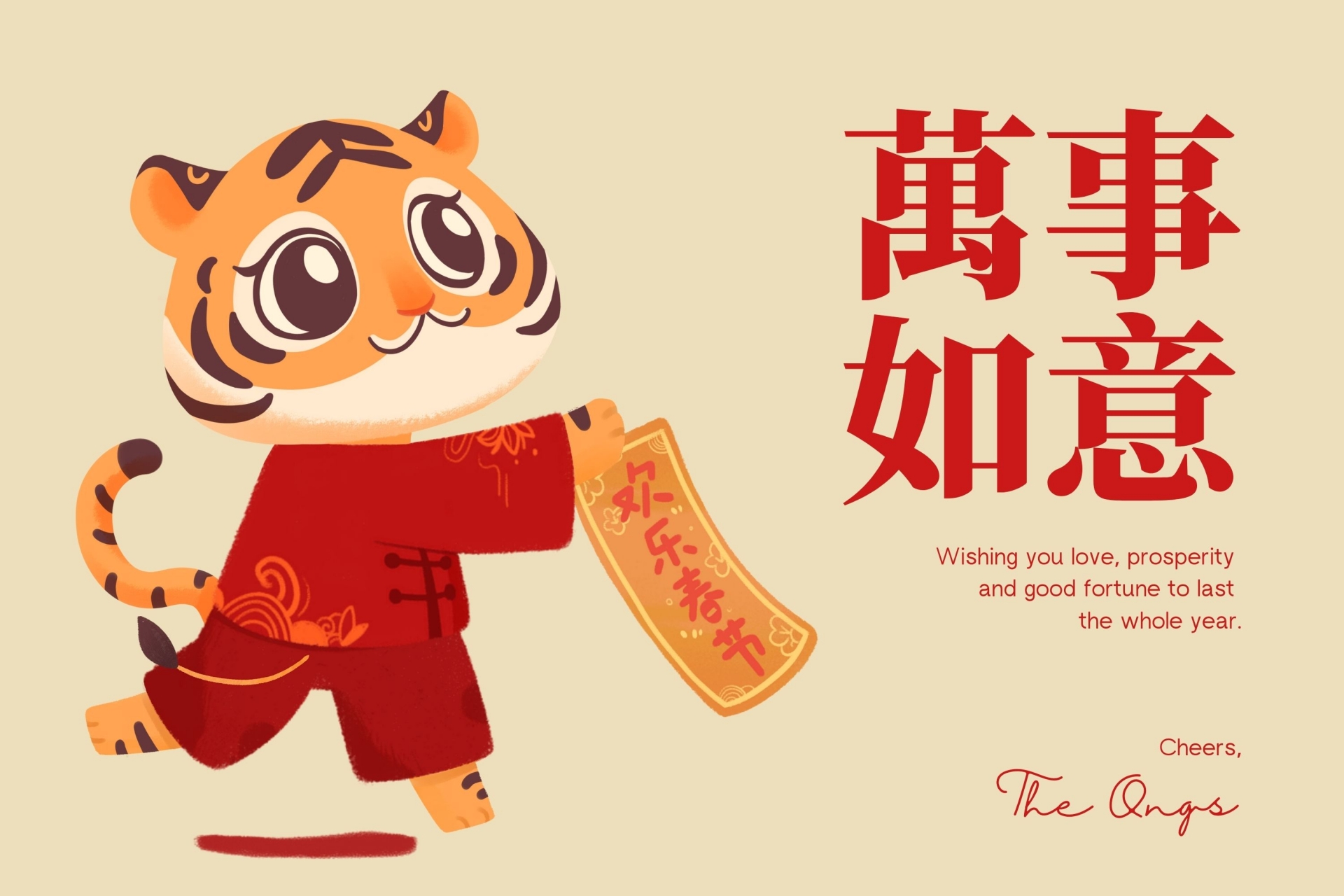 |
| Photo: Canva |
Because Lunar New Year is based on the lunar calendar, it occurs on a different date every year. Lunar New Year is observed in 2024 from February 10 to February 15, with the Lantern Festival serving as the conclusion of the festivities.
Lunar New Year Traditions
Upside-down fu characters: During Chinese New Year, a calligraphy character is typically displayed in the shape of a diamond on a square of red paper. For Lunar New Year, the character 福 [fú], which means good luck, is hung upside down. "The word 'to arrive,' or to begin, is a homophone for the word for upside down," Maasbach clarifies. With this clever use of visual language, the symbol effectively conveys the idea that good fortune is on its way or is about to shower down upon you.
Red pockets full of money: In China, they are customarily given as gifts to children or anyone who is single by an elder or parent. They are called lì xì in Vietnamese and hóngbāo in Mandarin. "It's really fun, because even if your brother is 40 and he's unmarried he still gets red envelopes," Maasbach relates. The practice of giving coins as gifts to ward off evil spirits gave rise to the custom.
Kids can also play around with asking for an envelope on this occasion. Sayings like "xin nian kuai le," or "Happy New Year," or "gong xɐ fā cái," or "make money in the new year," are appropriate when inquiring. However, it rhymes somewhat, according to Maasbach. "You'll say, 'gong xǐ fā cái, hóngbāo ná lái!'" "Make a lot of money in the new year—now give me my red envelope!" is how this is translated.
Firecrackers: Throughout the Lunar New Year, fireworks and firecrackers are frequently let off, not only as a boisterous celebration but also as a means of warding off an ancient monster known as Nian. On New Year's Day, families frequently shoot off the equally joyous and non-fiery confetti cannons on the streets of American Chinatowns.
The Lion Dance and Dragon Dance: An exciting feature of a Lunar New Year parade are traditional dances and gymnastic performances. In a Lion Dance, the front and rear legs of the animal are usually performed by two people wearing costumes. According to Maasbach, "it's supposed to send away any evil spirits." "It's an opportunity to feed the lion with red envelopes."
How to Celebrate the Lunar New Year?
 |
| Photo: The Rakyat Post |
Unlike most holidays, which are usually only observed for one day, this one is different! There are several ways to celebrate the Lunar New Year. In actuality, the holiday may be observed for up to 15 days, depending on the culture. Exuberant activities like parades, lion and dragon dances, and fireworks displays may take place during that time.
Giving money to children is a widely observed Lunar New Year tradition, though celebrations differ among Asian cultures. This custom, known as "lì xì" in Vietnamese or "hóng bāo" in Mandarin, entails giving children small red envelopes containing cash from parents, grandparents, aunts, uncles, and occasionally family friends. The sum of money within can be anywhere from one dollar to several hundred dollars, and it symbolizes various amounts of luck.
There are other ways to celebrate the Lunar New Year besides the custom of exchanging money. Using the color red, which has a history of warding off evil spirits and is connected to happiness and good fortune, is one way to decorate.
In addition, family dinners featuring classic fare like fish, longevity noodles, tangyuan, spring rolls, and dumplings are a common way for people to celebrate the holiday. Due to their symbolic meaning of wealth and good fortune, foods like oranges and tangerines are also customarily given as gifts during this celebration. Additionally, people sweep their homes to ward off any unfavorable energy.
Typically, a lovely lantern festival, representing hope and love, heralds the conclusion of the celebration.
Remember your ancestorsIt's simple to overlook the fact that Chinese New Year is a family holiday, suitable for all ages, amidst the festivities. Give those you love the most some thought. Eat and be merryStart by thinking of all the delicious dim sum that Chinese New Year has to offer. After that, don't forget to take in the parades, fireworks, and overall fun. The main goal of Chinese New Year is to bring luck for the upcoming year. Give yourself and those around you some time to enjoy. Share the traditional red envelopesThe color red is a lucky charm. The money gifts are supposed to bring prosperity to the receiver. Just be careful that the amount of cash you gift is even and does not include the number 4. |
What Do People Do in the US During Lunar New Year?
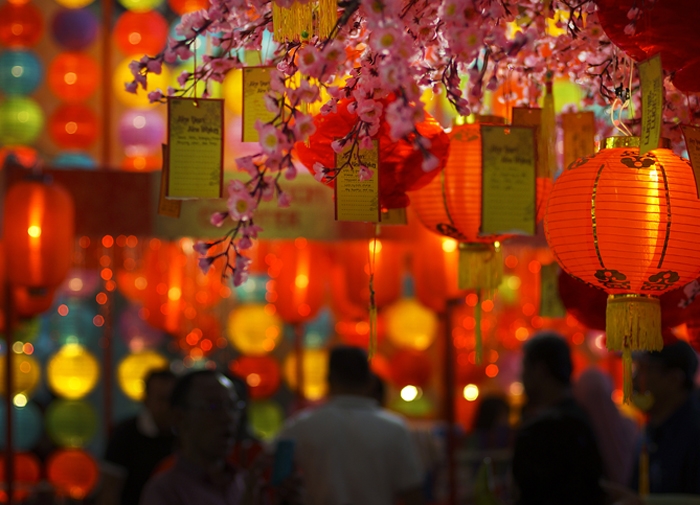 |
| Photo: Spokane County Library District |
The Chinese New Year celebrations in the United States are attended by a large number of people and communities, especially Chinese communities, and can last for several days. Over the years, Chinese New Year celebrations in the US have featured events and activities like:
* Chinese New Year parades featuring colorful costumes, floats, firecrackers and other attractions.
* Various dances, including lion and dragon dances.
* Chinatown fun runs or walks.
* Balls and pageants.
* Street fairs.
* Firework displays.
A few organizations might celebrate Chinese New Year by announcing events or holding unique competitions. On Chinese New Year, for instance, certain publications like newspapers or magazines might list the top ten Chinese eateries in a city or town. Spending time together and exchanging gifts, such as cash wrapped in red and gold packages that are typically given to kids, is a custom shared by many Chinese-American families.
What does the Lunar New Year symbolize?
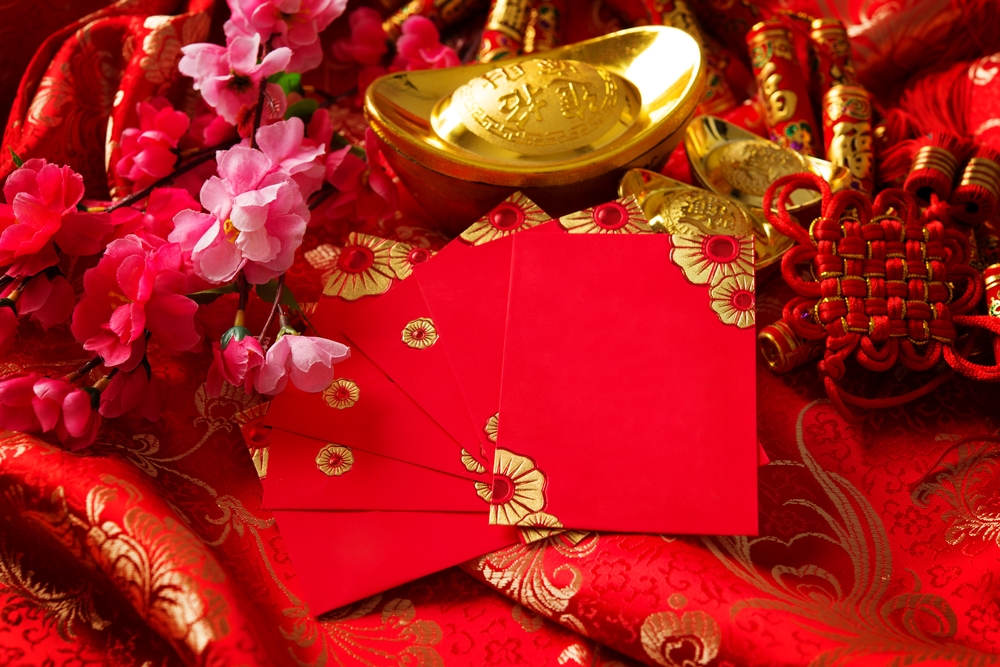 |
| Photo: TechCrunch |
Traditional Chinese New Year symbols and customs are diverse. For instance, floral decorations are a significant component of New Year's décor. Good luck-related writings are frequently found in homes and workplaces. On a piece of red paper shaped like a diamond, they are typically written with a brush. As a symbol of luck and prosperity, oranges and tangerines are also frequently seen on display in homes and businesses.
Red is a common color for money envelopes (Hong Bao, Ang Pao, or Lai See), and it represents happiness, good luck, success, and fortune. Mostly, these envelopes are given to kids as gifts. One of the twelve animals in the Chinese zodiac has an animal name linked to it for each Chinese New Year.
What is the Chinese zodiac sign for 2024?
The Chinese Zodiac comprises twelve animals. Everybody has unique qualities and traits. The lunar calendar and these 12 animals follow a 12-year cycle.
The year of the dragon is 2024. The years 1928, 1940, 1952, 1964, 1976, 1988, 2000, and 2012 are the previous dragon years. 2036 will be the next year of the dragon.
Individuals born during the year of the dragon are perceived as bold, self-assured, and daring. These individuals are renowned for having outstanding leadership abilities. In Chinese history, the dragon has stood for luck, justice, and wealth.
The year 2023 was Rabbit Year. Those who were born in the year of the rabbit are regarded as thoughtful and detail-oriented. These folks will probably abide by the regulations.
The snake will be the zodiac sign for 2025. Snakes possess intelligence, perception, and self-assurance. People who are born in the year of the snake are said to have a deep love for one another.
The order of the Chinese Zodiac is:
- Rat
- Ox
- Tiger
- Rabbit (in Vietnam, the rabbit is replaced by the cat)
- Dragon
- Snake
- Horse
- Goat
- Monkey
- Rooster
- Dog
- Pig
Taboos and Superstitions
Once more, drawing good luck and letting it follow you into the following year is a central theme of the occasion, as is guarding against bad luck. Many superstitious practices follow, according to Maasbach, with that.
"There are lots of little things you are supposed to do, and not do," she says. "You're not supposed to cry, and you're not supposed to argue—only talk about good, happy things." This will determine how the next few days go.
"Pay back your debts before the new year starts," Either massback persists, or it's unlucky.
On the Lunar New Year, refrain from cutting your hair and, in fact, do not use scissors at all. "My mother would be irate if I cut anything with scissors on Lunar New Year," Maasbach says. It is frowned upon during this period of family get-togethers and prosperity celebrations because it is thought that you will be severing those ties.
Don't wear white or black because those colors are connected to mourning. "You have to wear red," Maasbach asserts, mentioning that her late grandmother wore red virtually every day because "she wanted everything to be happy."
The travel website China Highlights advises against doing laundry on the first or second day of the new year since these days are designated as Shuishen's (水神, the Water God) birthday. Refrain from washing your hair in order to preserve your good fortune.
The website also says that if you sweep after Lunar New Year's Eve, you risk wiping out your luck and wealth gains.
Because the pronunciation of some traditional Lunar New Year foods is a homophone for another word related to luck, they have additional significance in China. For instance, "the pronunciation for 'fish' in Mandarin and many other dialects is 'yú', which is the same pronunciation as 'leftover'," says Kho. "The idea is that every year, you want an abundance of food or wealth, so that you have it left over for the next year."
Lunar New Year isn't exactly the same as Chinese New YearNot only is the Lunar New Year observed in China, but it is also celebrated in a number of other Asian nations, such as South Korea and Singapore. Lunar New Year is called Tết in Vietnam and Losar in Tibet. However, it's most frequently connected to what's known as Chinese New Year in the United States, which is the American equivalent of China's fifteen-day celebrations. "It's been popularized because the largest segment of the Asian-American population in the United States is Chinese," Maasbach says. "It's kind of like that old Friends joke, 'In China, they just call it 'food'; in Chinese, it's just the new year." However, she notes that "we just made it 'Chinese New Year'" in America, where the celebration is primarily observed in the Chinatowns of different cities. Although Lunar New Year is a more accurate and inclusive term for the holiday celebrated globally, according to Maasbach's observations, celebrating the holiday is "not as popular with some of those immigrant groups in America." |
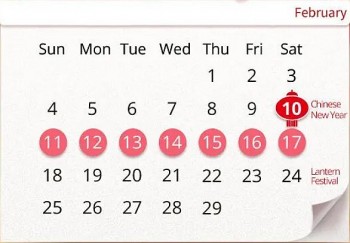 Lunar New Year Holidays 2024 (Chinese New Year): Dates, Celebrations Lunar New Year Holidays 2024 (Chinese New Year): Dates, Celebrations One of the most significant and extensively observed holidays in Chinese culture is Chinese New Year, sometimes referred to as the Spring Festival or Lunar ... |
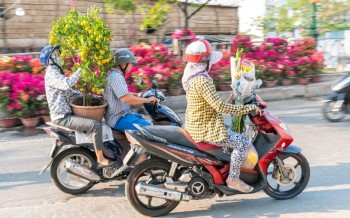 Vietnamese Tet (Lunar New Year): Dates, Holidays and Celebrations Vietnamese Tet (Lunar New Year): Dates, Holidays and Celebrations The Tet holiday, commonly referred to as the Lunar New Year in Vietnam, is an important cultural occasion. During Tet holiday, it is celebrated with ... |
 Lunar New Year: 9 Traditional Customs That Chinese People Still Follow Today Lunar New Year: 9 Traditional Customs That Chinese People Still Follow Today Chinese and Vietnamese people still observe several ancient Lunar New Year traditions today. |
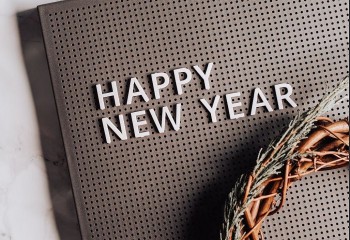 Happy Lunar New Year: Top 100 Best Greetings and Wishes for Families, Friends, Colleagues Happy Lunar New Year: Top 100 Best Greetings and Wishes for Families, Friends, Colleagues The Spring Festival and Chinese New Year are related to Lunar New Year and are frequently observed in several Asian nations, such as China and ... |

